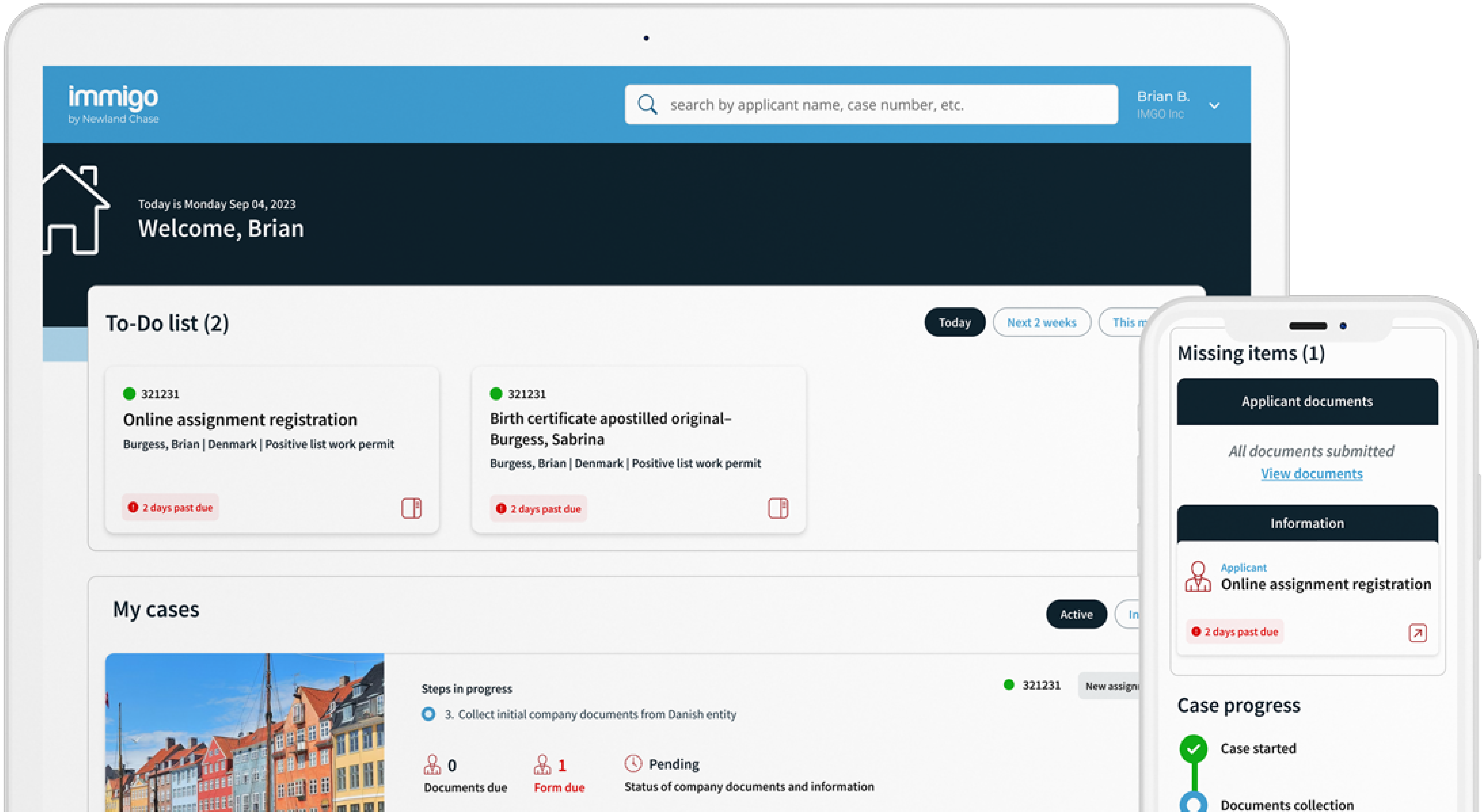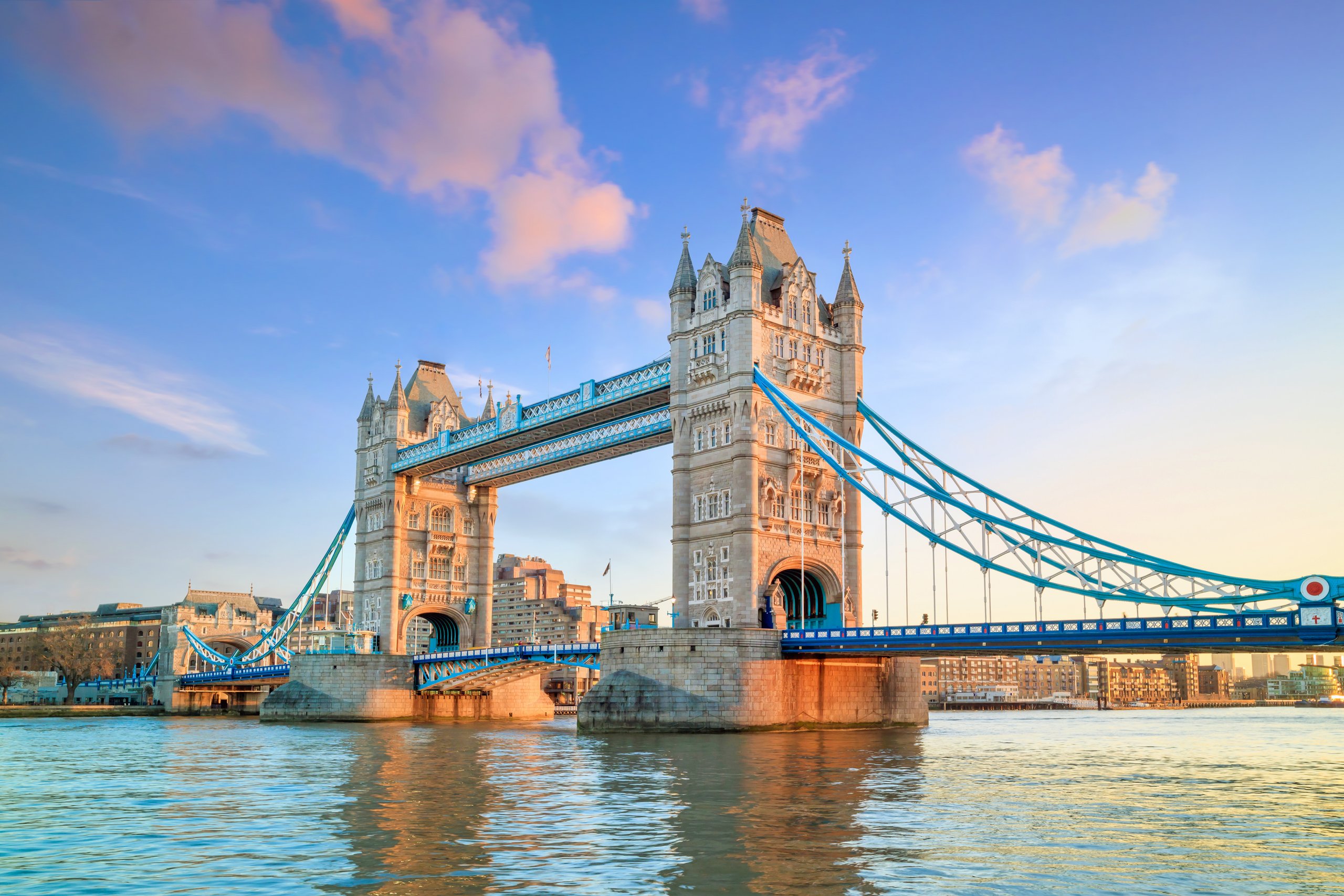Get The Visibility Your Company Needs
Reduce compliance risks and mobility costs while managing individual and project-related travel with ImmiSMART: the solution that unifies your travel and mobility programs.
A New Beginning for Tier 1 (Investor) route?
February 26, 2014
 For months now, one of the most topical debates amongst migrants and practitioners has been whether the Tier 1 (Investor) route into the UK will continue, especially with the recent news of the Canadian Federal Investment Route being closed down after 30 years.
For months now, one of the most topical debates amongst migrants and practitioners has been whether the Tier 1 (Investor) route into the UK will continue, especially with the recent news of the Canadian Federal Investment Route being closed down after 30 years.
Added to this, The Migration Advisory Committee (MAC) has recently been commissioned to “call-for-evidence” on the value and contribution of the Tier 1 (Investor) route to the UK economy. This consultation ended on 29 November 2014 and a report (to which Newland Chase contributed substantially) has been published today, 25 February, detailing their findings.
The Tier 1 (Investor) route requires an individual to invest £1, £5 or £10 million in the UK with a required proportion of the funds being put into qualifying gilts, loan capital or shares in UK companies. The investor in return is granted a visa which allows them to live and work in the UK and to apply for indefinite leave after 2, 3 or 5 years depending on the amount of investment made.
The £1 million investment route was introduced to the UK immigration rules in 1994 and it is only after 2 decades that the popularity of the route has increased in recent times. Investors from China and Russia have formed the majority of applicants since 2008, with 58% of all applications coming from these nationals.
The MAC, in their report, have aimed to provide recommendations which will hopefully make this route more attractive and worthwhile for the UK economy.
Despite almost 30 recognised law firms, advisory firms and wealth management firms largely affirming that investor migrants are of benefit to the UK economy, the MAC finds that the contribution made by Tier 1 Investors is limited.
Interestingly, the MAC commented that although investors bring around £500 million per annum into the UK (based on current numbers of investors entering the UK) this makes hardly a dent in the debt of over £1,185 million incurred by the UK in public spending.
That said, the MAC does not recommend for the programme to be closed down. Instead, they have made some key recommendations as follows:
Recommendation 1
To increase of the minimum investment level from £1 million to £2 million. The investment level of £1 million has not been increased since the scheme was first introduced in 1994 and the MAC believe that the revised sum will ensure that there is real value to the investment going forward.
Recommendation 2
To scrap the £5 and £10 million accelerated settlement routes (or so-called super investor routes). The MAC concluds that based on supporting evidence from responding parties, these routes are rarely used and do not serve any real purpose.
Recommendation 3
In replacing the £5 and £10 million routes, the MAC also recommend that a quota of 100 visas are made available by auction, at a minimum cost of £2.5 million. The higher the bid, the more likely the golden ticket (i.e. the visa) can be won. The MAC refers to this method as letting “the market decide the value”.
In introducing this route – which if implemented will be known as the “Premium Route”, the MAC have recommended that migrants are able to apply for settlement after 2 years and also recommend that the migrant need only stay up to 90 days a year in the UK (against 185 days under the current rules).
Recommendation 4
The MAC further recommends that a wider range of acceptable investment options should be permitted. In this respect they recommend a widening of investment options to allow private companies to benefit and also that reporting duties in respect of the investment are relaxed.
Finally, the MAC recommends that the current requirement to top up investments when they fall below the threshold is scrapped. In turn they suggest allowing migrants, whose investment may have decreased due to market prices or other factors, to still qualify for an extension or settlement. How this would work in practice remains to be seen, particularly if the investment value decreases substantially.
Overall, this is a bitter-sweet report with many changes suggested that migrants and practitioners alike will wish to see implemented by the UK government.
Despite the potential increase in the minimum investment threshold from £1 million to £2 million, we doubt that this will have a huge effect on the popularity of the programme as in return, migrants could be given greater flexibility on the type of investments they are allowed to make (thereby maximising potential return and greater control of the funds).
However, in our view, the Premium Route (whereby visas are ‘won’ by the highest bidders) is likely to serve as an interesting eye catcher, but nothing more. As it stands, it appears to offer very little in return for a potentially substantial investment. We suspect that sensible investors will simply decide to use the standard £2 million route rather than running the risk of bidding and potentially obtaining their visa for 4 or 5 times the minimum bid price.
Of course, at this stage we must not forget that these are only recommendations and that the Home Office can decide whether to adopt them or not. As soon as the Home Office respond to the MAC’s report we will provide further updates.




